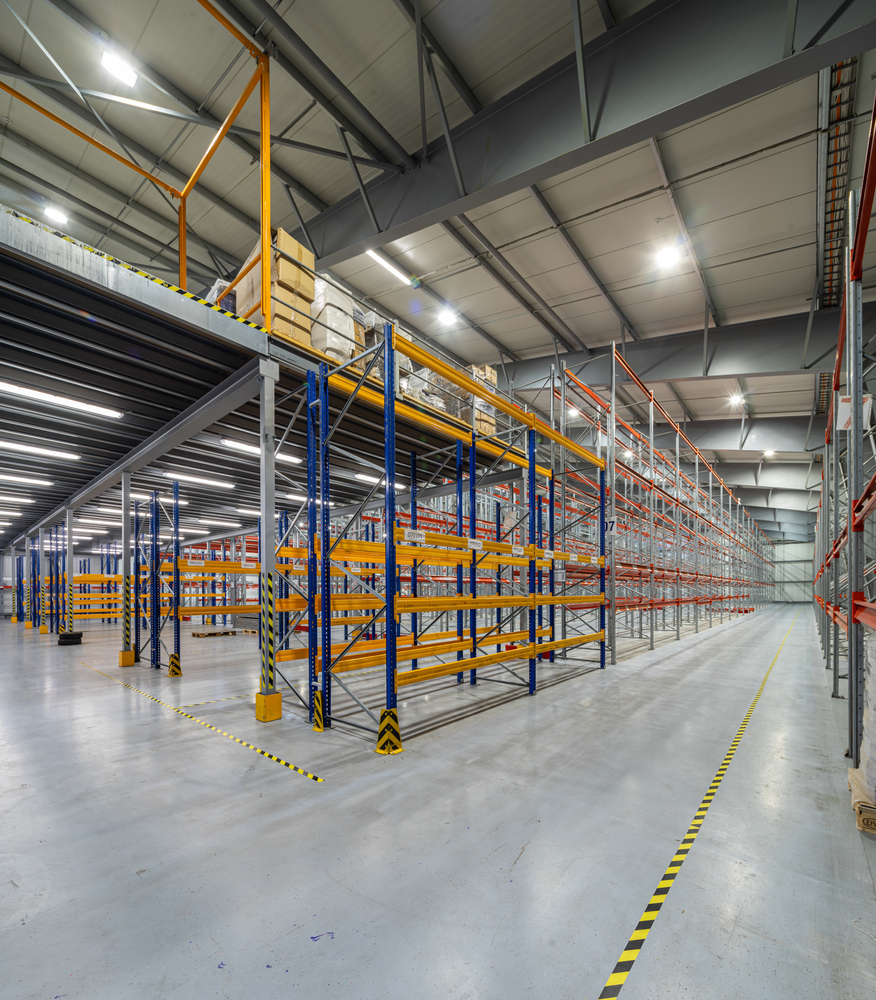There really hasn’t been a better time to be in construction, as the industry is experiencing one of the biggest boons of the century. It is no secret that COVID-19 affected nearly everything, including the construction industry, leaving some companies surging ahead and other companies closing their doors. Those companies that couldn’t grow a backlog were generally in areas that were struggling.
Differences in Backlogs
Sean Eastman, an equity research analyst for KeyBanc Capital Markets, stated there was more backlog pressure in the cyclical markets such as chemicals, gas, and oil. These areas displayed steeper drops in backlogs.
One example of a low backlog is Fluor, a Texas-based construction, and engineering company. They started having trouble in 2019 that was exacerbated during the pandemic.
KrzystztofSmalec, an analyst for Morningstar, a Chicago-based financial services company, attributes this to the energy sector. He went on to say that with oil prices so high and winter looming, many have dropped their investment projects for the time.
On the other end of the scale, Dallas-based firm Jacobs Engineering Group had its backlog grow over the pandemic. They reached $25.6 billion for their 2021 first quarter, a new benchmark.
Another company based in Alabama, Dothan, forged ahead with record-setting numbers for 2021 at $822.9 million dollars.
Not All Sectors Are Created Equal
There are several companies that specialize in non-residential buildings, such as education, retail, and hospitality construction jobs. They have seen a decline in their business. Meanwhile, others such as commerce infrastructure and data infrastructure have seen a boost.
Other areas that have experienced strong growth are:
- Life sciences
- Pharmaceutical
- Electric utility infrastructure
- Semiconductor spaces
A Boost in Infrastructure
There has been an influx of money from the recently signed Jobs Act and Infrastructure Investment to boost public company construction. Steve Jones is the senior director of Dodge Data & Analytics’ Industry Insights Research. He predicts that these acts and investments will lead to a boost in infrastructure and construction overall.
According to Jones, even a smaller-than-proposed version of Biden’s proposed infrastructure bill would lead to a boost.
Jones also has specific predictions by sector, with some expected to perform better than others. For example, commercial construction dropped 24% in 2020. Jones projected it would grow by 6% in 2021, then an additional 10% in 2022. He attributes this prediction to the expected growth in warehouses.
Another area with a significant boost in the construction of offices. The number of office starts dropped by 22% in 2020. 2021 figures will likely show a rebound of 8%, followed by a 10% gain in 2022. Of the various types of offices, data centers are expected to perform the best. They will likely see a 40% boost in 2021 and increase yet again in 2022.
Despite the overall negative impact of the pandemic, some areas have begun to rebound.
How can we help you?
Searching for an opportunity in the construction industry? Contact The Birmingham Group’s team of seasoned commercial construction recruiters today to discuss your career path or browse our open positions.
Are you a hiring authority in need of construction talent? Submit a search request today.
–





